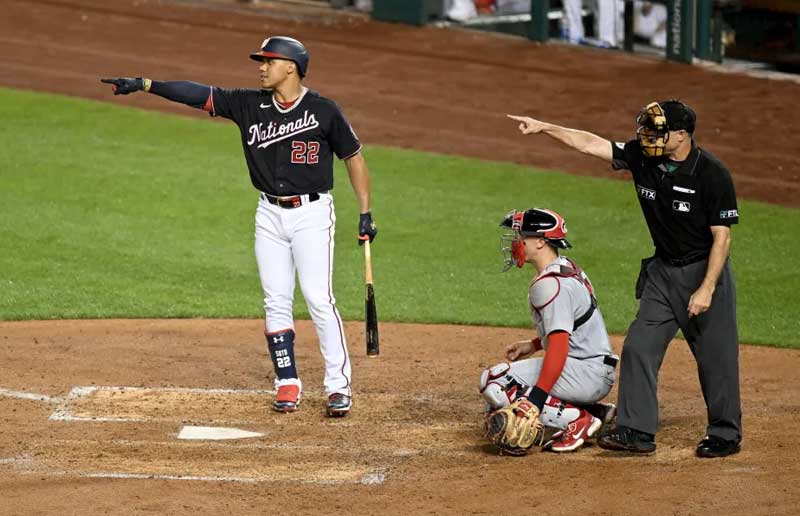In the game of baseball, double plays are like magic acts that can change the course of a game in an instant. At the heart of these miraculous plays stands the shortstop, often regarded as the infield quarterback. Their ability to orchestrate double plays and control the infield is nothing short of wizardry. In this guide, we’ll unveil the pivotal role of shortstops in executing double plays and maintaining infield control.
1. The Infield General
Positional Awareness: Shortstops are the central hub of the infield, strategically positioned between second base and third base. This prime location gives them a commanding view of the entire infield and outfield.
Communication: Shortstops serve as the primary communicators within the infield. They relay instructions, signals, and positioning to other infielders, ensuring everyone is on the same page.
2. The Pivot Maestro
Turning Double Plays: Shortstops are the pivot point for most double plays. They receive throws from second basemen on force plays, quickly step on second base, and make the throw to first base. This seamless transition is the core of double play wizardry.
Footwork and Timing: Perfecting the pivot requires impeccable footwork and timing. Shortstops must step on second base with their foot, avoiding the sliding runner, and make an accurate throw to first base—all in a split second.
3. Quick Thinking and Decision-Making

Split-Second Choices: Shortstops are masters of making split-second decisions. They determine whether to turn a double play, hold the ball, or make a throw to another base based on the game situation and runner speed.
Game Situation Awareness: Shortstops are keenly aware of the game situation, including the score, the number of outs, and baserunners. This awareness influences their decision-making and positioning.
4. Fielding Excellence
Range and Agility: Shortstops have exceptional range and agility. They must cover a significant portion of the infield, reaching both left and right to field ground balls.
Tricky Hops: Shortstops are skilled at handling ground balls with unpredictable hops. Their glove work is precise and quick, allowing them to make clean pickups even on challenging plays.
5. Leadership on the Field
Infield Captain: Shortstops often serve as the de facto captain of the infield. They provide direction, call plays, and coordinate positioning to maximize defensive effectiveness.
Inspiration: Their leadership and on-field presence inspire confidence in the team. Shortstops set a high standard for defensive excellence that motivates the entire infield.
6. Turning the Unconventional

Creative Plays: Shortstops are known for their creativity in turning unconventional double plays. Whether it’s a behind-the-back flip or a barehanded grab and toss, they adapt to unique situations.
Instinctual Skills: Years of experience and practice allow shortstops to develop instincts for when to attempt these creative plays, often leaving fans and teammates in awe.
7. The Safety Net
Backing Up*: Shortstops are often responsible for backing up throws to other bases. They prevent overthrows and errors from turning into extra bases for the opposition.
Cut-Off Role: Shortstops may also serve as the cut-off person for throws from the outfield. Their positioning and quick decision-making help prevent baserunners from advancing.
In the intricate ballet of baseball, shortstops are the choreographers of double plays, turning chaos into harmony with their precision and field awareness. Their pivotal role as the infield quarterback goes beyond statistical measures; it’s about controlling the rhythm of the game, inspiring their teammates, and executing plays that can change the course of a match. So, the next time you witness a shortstop turning a double play with grace and precision, remember the wizardry at work—the magic of the infield maestro.
